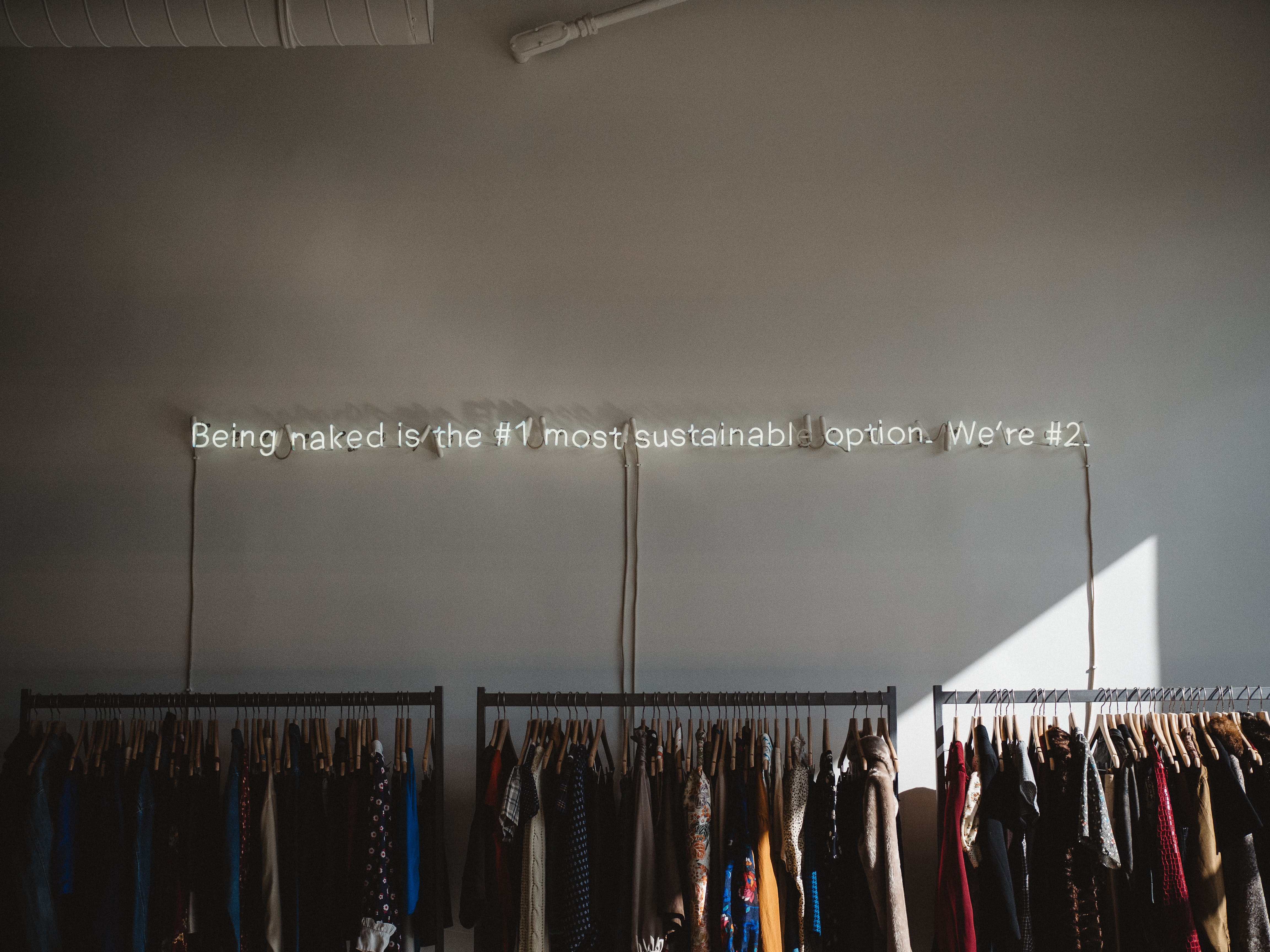The Rising Importance of Sustainable Fashion
 While the fashion industry produces a whopping 10% of all of humanity’s carbon emissions, there’s no doubt that it’s having a strong — and negative — impact on our environment. However, it doesn’t have to be that way. As many eco-friendly clothing brands emerge, ethical clothing is becoming more and more available to the public. With that said, here’s exactly how the clothing industry impacts the environment and what can be done about it.
While the fashion industry produces a whopping 10% of all of humanity’s carbon emissions, there’s no doubt that it’s having a strong — and negative — impact on our environment. However, it doesn’t have to be that way. As many eco-friendly clothing brands emerge, ethical clothing is becoming more and more available to the public. With that said, here’s exactly how the clothing industry impacts the environment and what can be done about it.
The environmental risks of the clothing industry
The clothing industry is known for being environmentally damaging, but what exactly does that mean? The clothing industry impacts the environment in many different ways, from the materials used to make fabrics to how the clothes are made and the factories themselves. For example, producing one t-shirt uses a shocking 2,700 liters of water, meaning that not only is too much water being used, but the production causes the water to become polluted, too.
In fact, many microplastics wind up in the ocean due to clothing production. Certain fabrics also cause harm to the environment themselves — for instance, rayon, a fiber or fabric that is often used in making clothing is made of wood, which contributes to deforestation in order to make it. And, when all is said and done and clothing is discarded, three out of four garments of clothing wind up in landfills (or is even incinerated), meaning that clothes continue to harm the environment even after the consumer is done wearing them. Animal abuse within the clothing industry is also a problem, as many animals die in order to make leather, fur, and wool items. However, while these are just a few ways that clothing can have such a negative impact on the environment, there is a solution: going eco-friendly.
What makes clothing sustainable?
Sustainable and eco-friendly clothing is clothing made with the environment’s best interest in mind. This can mean several different things; for instance, that the clothing is made without animal products, that factories are more water and energy-efficient, and more natural components are used in the clothing production process, such as solar energy or even natural fabrics. For example, natural fabrics such as organic cotton, hemp, bamboo, and soy are all great alternatives to other harmful materials like rayon or polyester. Recycled fibers are another eco-friendly concept — in fact, many fleece items are made from recycled bottles. Thankfully, several clothing brands are already implementing eco-friendly tactics, as brands like H&M, Adidas, and Patagonia are making an effort to incorporate recycled plastic into their clothing. Some smaller brands are tackling waste in the fashion industry by working with offcuts, providing take-back schemes and repurposing discarded and broken garments.
Upcycling and other eco-friendly fashion trends
While the clothing industry can positively contribute to the environment in several ways, the clothing we have now that was unethically made is still present. However, there are some things that can be done to ensure that it doesn’t all end up in the landfill. While there are ways to recycle clothing that isn’t in good condition, you can also upcycle your old (but still wearable) clothing. This involves recycling old or used clothing that may be worn out and turning it into something new to stretch its lifespan, such as turning a pair of old shorts into a skirt, or sewing accents onto a plain old jacket.
This can be a great idea in not only helping the environment, but can allow you to have a unique and personalized style full of creative expression, making it perfect for any music festival or other event that requires a fashion-forward outfit. And, while purchasing from ethical clothing brands is always a good idea, buying second-hand from thrift stores can also be helpful in giving used clothing new life. Donating your used clothing, recycling it, or handing it down to family or friends when you’re done with them are all better alternatives to just throwing it away. In using such methods, you can help to effectively reduce the amount of clothing that winds up in landfills.
The clothing industry is well-known for having a strong and negative impact on the environment, making the importance for eco-friendly solutions a rising need. With that said, there are many ways that clothing can be made eco-friendly, from natural fabrics to ethical factories – and even fashionable trends like upcycling.
By Sally Writes.


